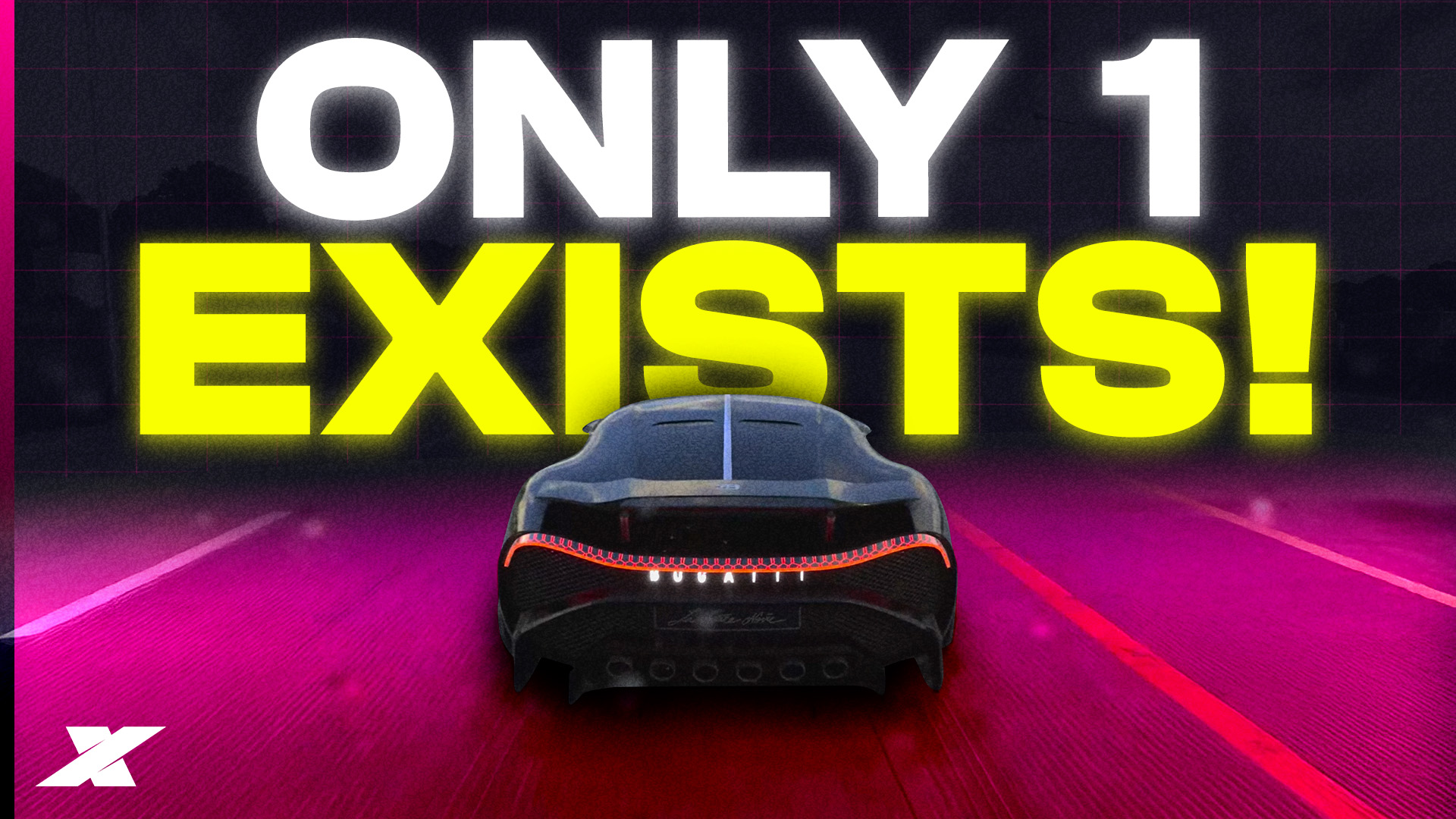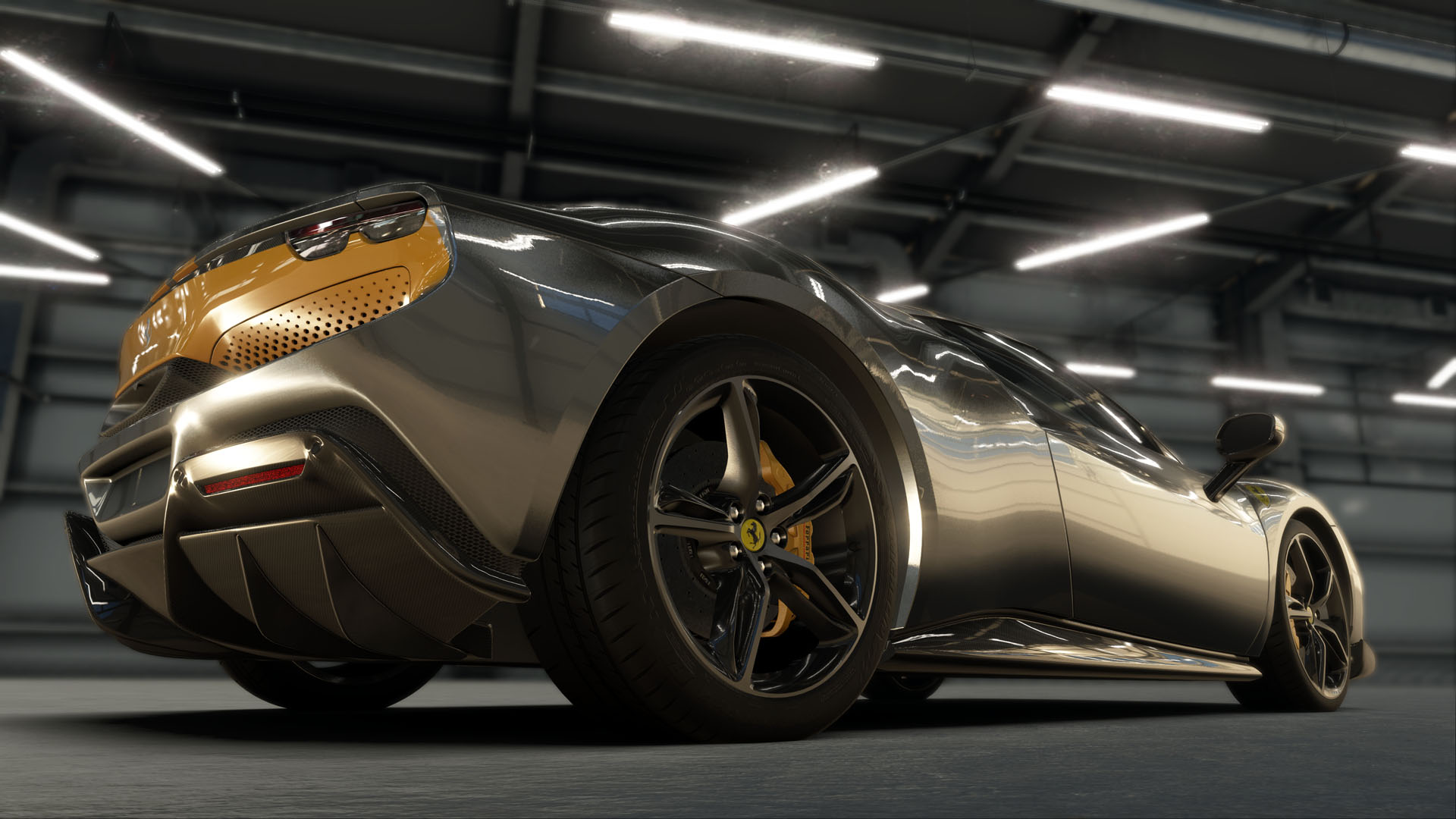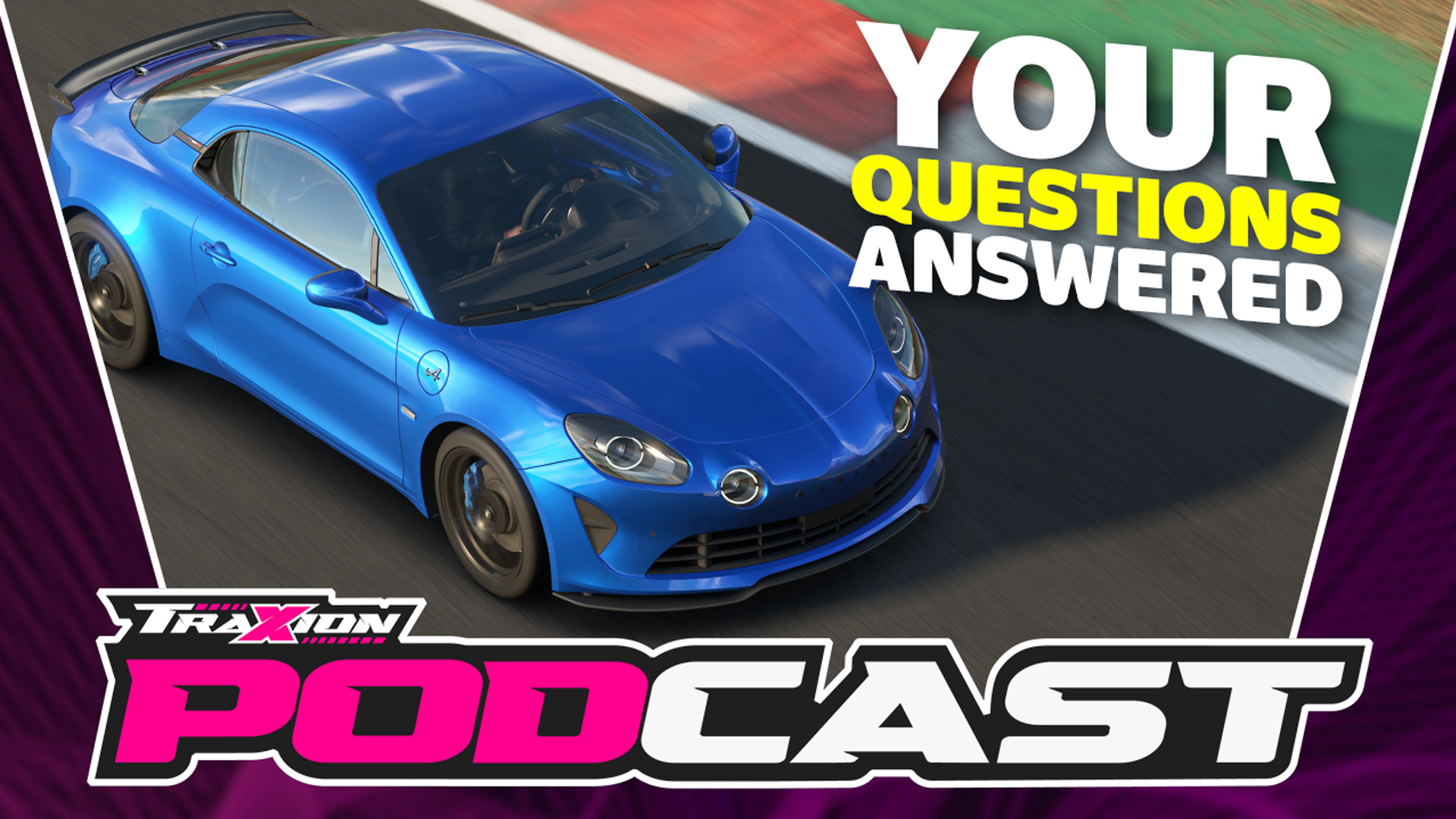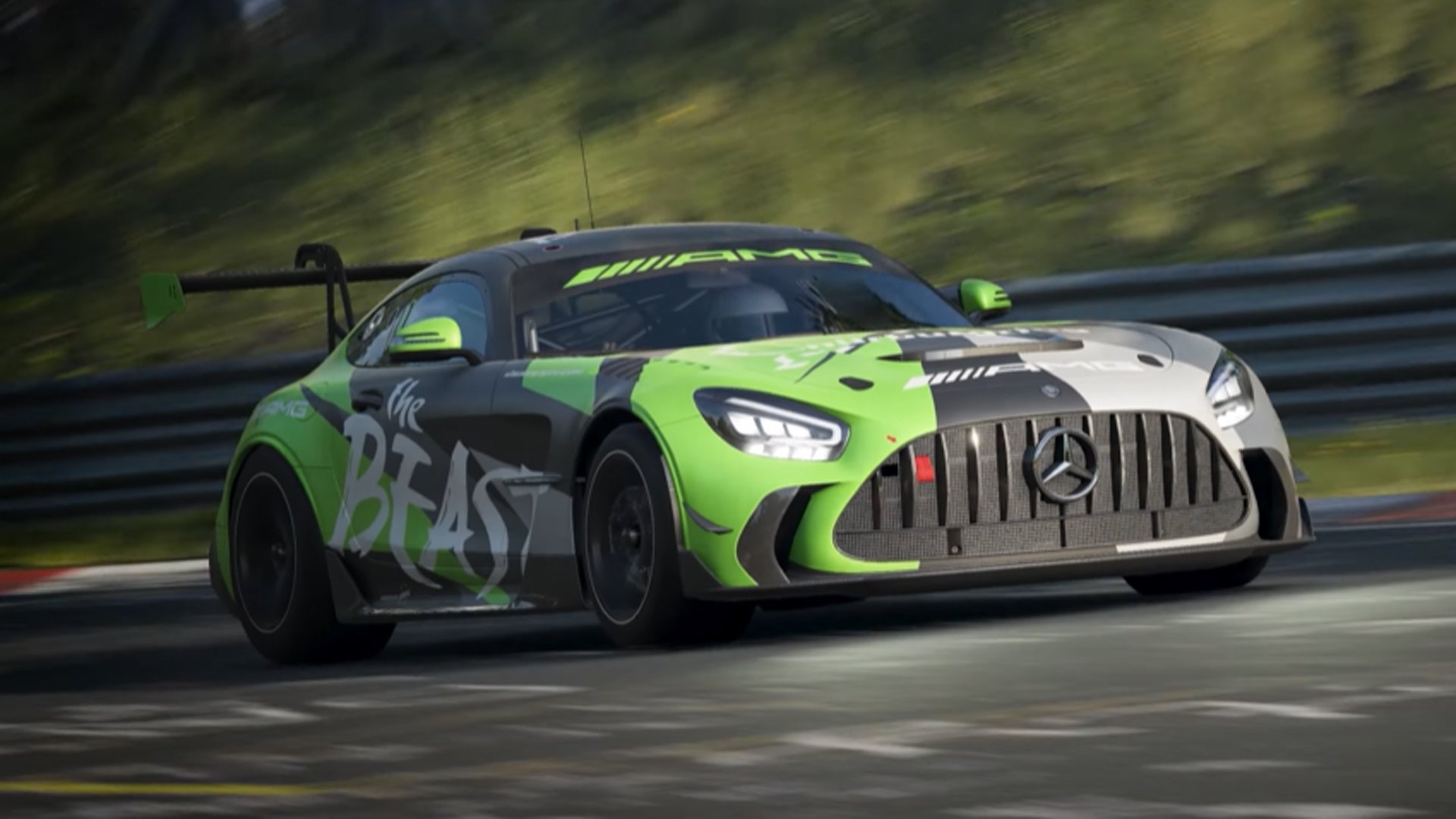2020 was a bit of a write-off for most of us, but if there’s one area it absolutely didn’t disappoint, it was the explosion in gaming – and in particular sim racing – that emerged from so many of us being stuck at home and twiddling our thumbsticks.
If you found yourself more a spectator than participant during 2020, perhaps 2021 is the year to actually give it a go. You may well have some of the basics already, and perhaps even a console or PC to your name, but assuming you’re starting from absolute scratch, we’ve put together a bit of a guide as to what you can expect from dipping a toe into the sim racing scene.
We’ll warn you upfront – it’s not cheap, but it can certainly be cost-effective, particularly if you’re inclined to shop around to reduce some of the prices mentioned in each section below. We’ve also outlined a few different options at each stage, since not everybody likes the same things, and while some of the options can push the budget out even further, you may decide they’re worth it in the long run. Particularly if the bug really bites…
System and games
Assuming you’ve got some basic needs covered (somewhere to sit, a TV or screen to plug into, electricity, a roof over your head) the first decision will be which system you want to commit to.
With the Xbox Series S/X and the PlayStation 5 recently launched, it’s tempting to wait for one of those, but while there will no doubt be some excellent titles arriving in time for both, pickings are currently slim from a sim racing perspective. PS5 has Gran Turismo 7 on its books but historically GT games have always taken a while to arrive, while Microsoft’s console is looking quite barren in the near future, with the next Forza Motorsport seemingly a while away.
For this reason, the existing console generation might be a better bet, and specifically the PS4, which offers several titles available on other platforms but more importantly, is home to Gran Turismo Sport. The buzz may now be around Gran Turismo 7 on PS5, but GT Sport should be almost a default purchase for anyone going down the PS4 route. Its physics aren’t quite up with iRacing or the Assetto Corsa titles, but its FIA-sanctioned events and enormous user base (over 9.5 million players worldwide) makes it by far the most accessible route into online competition. Do remember that PlayStation Plus, allowing you to race others online and unlock some GT Sport functions, is about £50/$60 a year though.
Assetto Corsa Competizione (ACC) has versions on PC, Xbox One and PS4 and is popular both for its excellent physics and its realistic depiction of GT3-class racing, and will soon offer the British GT series and GT4-class cars into the bargain. Those who prefer their competition a little dirtier could look to the appropriately-titled DiRT Rally 2.0, which is about as close to a simulation as modern rally games get and also available on multiple platforms, but naturally won’t offer you much in the way of wheel-to-wheel competition.
Then there’s the enormous and often confusing world of PC sim racing. For those absolutely serious about sim racing rather than just racing games in general, it’s the default platform. The sheer configurability means all manner of hardware upgrades, peripherals and mods can be implemented to bring the best from your chosen game.
On PC, you’ll probably want to concentrate on ACC, rFactor 2 and iRacing. iRacing can be offputting for beginners though because its monthly subscription isn’t cheap (currently £12.99 a month, with discounts for yearly and biennial packages) and cars and tracks are extra too, while its iRating system requires commitment in order to progress up the ranks.
Costs add up too, particularly when you start building up a PC to accommodate your needs. iRacing requires only modest specs to run, but since you can spend PS4 money on a suitable graphics card alone, and a rig can be well into four figures before you even pick up a wheel or log on to iRacing.com, it’s difficult to justify as an entry-level budget option.

Wheel and pedals
If you want the best sim racing experience then ultimately you’ll have to set aside some cash to go down the wheel and pedals route. And at the entry level, that pretty much means shopping one brand: Logitech, whose products are cost-effective but also pack enough features not to let you down while you’re finding your feet.
Currently Logitech offers two options worthy of consideration: the G29/G920 (essentially the same wheel, but the 29 is aimed at Playstation users and the 920 at Xbox players – both are PC-compatible), and the G923. Considering the price jump from 29/920 to 923 (from £250 to £300, or $299 to $399) the more expensive wheel doesn’t offer an enormous improvement – just Logitech’s latest force feedback hardware and a few extra buttons for Xbox users, since it’s now compatible with all the latest platforms.
For that reason, we’d look at the 29/920 – it’s built well, has decent force feedback, and is easy to configure for different games. You can put the money you saved towards Logitech’s Driving Force Shifter for an H-pattern manual gearbox option – or saving for a more professional wheel and pedals combo in the future.

Controller options (PC)
If you’re really on a budget or simply don’t have the space for a wheel and pedals rig, then there are still players out there who can be surprisingly competitive with a good old-fashioned controller.
If you’re playing on a console then this will be pretty much decided for you already, but PC players have a few different options. The good news is that those console joypads are easily cross-compatible with most PCs, either with simple plug and play, or through platforms like Steam recognising when you plug a controller into a USB port.
The default for most players is the Xbox One controller, which is built to last, comfortable, compatible with most titles and is relatively affordable too at £55 – around a fifth the cost of a G29/G920. Sony’s DualShock 4 PS4 controller is similarly priced but some players find its smaller size less comfortable, while the new PS5 DualSense controller’s features aren’t yet supported by all games on PC.
Racing seat?
Assuming once again you already have somewhere to sit, then the easiest way to get up and running is to attach your racing wheel to a desk and have the pedals on the floor. Perfectly adequate, but you’ll quickly discover limitations, from comfort levels after a few hours at the wheel, to your basic car control from a sub-optimal driving position. There are only so many times you can watch your monitor and speakers crash down to the floor before it gets either boring or very expensive…
A racing seat and rig setup is completely optional, but highly recommended if you intend to take your sim racing seriously. We’re not talking a full six-axis motion rig here, but even a sturdy frame you can attach your wheel and pedals to, ideally separating them from anything on your desk that might take a tumble at the first sign of oversteer, will help you focus on the important bits and improve comfort too.
One of the most cost-effective routes is Playseat’s “Challenge” (around £180/$250), a fairly basic hammock-like seat on a tube frame to which your wheel and pedals can be attached. Stretch to about £290/$370 and the “Alcantara”, also from Playseat, is still reasonably priced for a more substantial chair, chunkier frame and angled platform for your pedals, for a more reclined driving position. Another £26/$39 gets extra hardware to support a separate gearshift peripheral.

Conclusion
If cost is everything, then we’d say the most effective way to get into sim racing right now is to pick up a PS4, a copy of Gran Turismo Sport, and try and stretch your budget to a Logitech G29, which will come to around £550/$700 if you shop around.
GT Sport isn’t the best simulation out there, but its diverse community, excellent support and sheer ubiquity makes it incredibly accessible, and there’s enough in terms of both content and online series that you should be able to find your niche for both skill and enjoyment. If you want to go “all the way” too and use it as a springboard into professional esports or even real motorsport, there are few better titles – as current open-wheel race driver and former GT Sport FIA Nations Cup winner Igor Fraga, or GT Academy champ and now Super GT racer Jann Mardenborough would confirm.
Another £300/$400 on top of all that should get you somewhere decent to sit, and you’ll pay around £50/$60 a year for online access via PS Plus – so call it £800/$1000 in the first year, and £50/$60 a year thereafter. Not cheap, but probably still the most affordable way into serious online competition.






Chat with the Community
Sign Up To CommentIt's completely Free